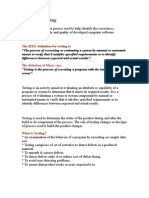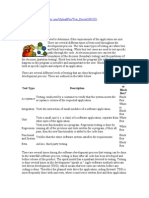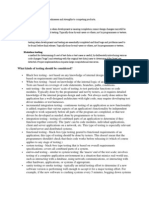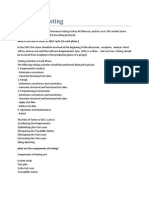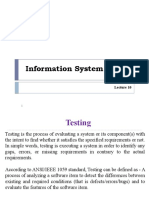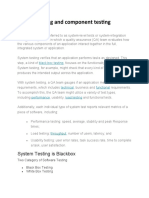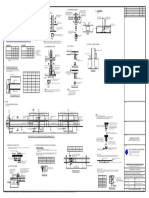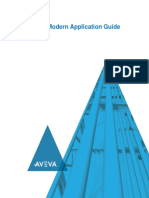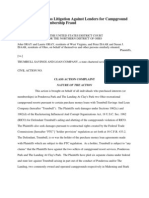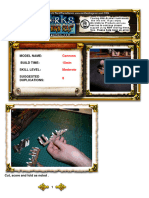0% found this document useful (0 votes)
9 views12 pagesTypes of Testing
The document outlines various types of software testing methodologies, including black box, white box, unit, integration, and performance testing, among others. It differentiates between quality assurance and testing, emphasizing that QA focuses on process quality while testing focuses on product quality. Additionally, it highlights common problems in software development and suggests solutions to improve the overall quality of software products.
Uploaded by
vreena3Copyright
© © All Rights Reserved
We take content rights seriously. If you suspect this is your content, claim it here.
Available Formats
Download as DOC, PDF, TXT or read online on Scribd
0% found this document useful (0 votes)
9 views12 pagesTypes of Testing
The document outlines various types of software testing methodologies, including black box, white box, unit, integration, and performance testing, among others. It differentiates between quality assurance and testing, emphasizing that QA focuses on process quality while testing focuses on product quality. Additionally, it highlights common problems in software development and suggests solutions to improve the overall quality of software products.
Uploaded by
vreena3Copyright
© © All Rights Reserved
We take content rights seriously. If you suspect this is your content, claim it here.
Available Formats
Download as DOC, PDF, TXT or read online on Scribd
/ 12
